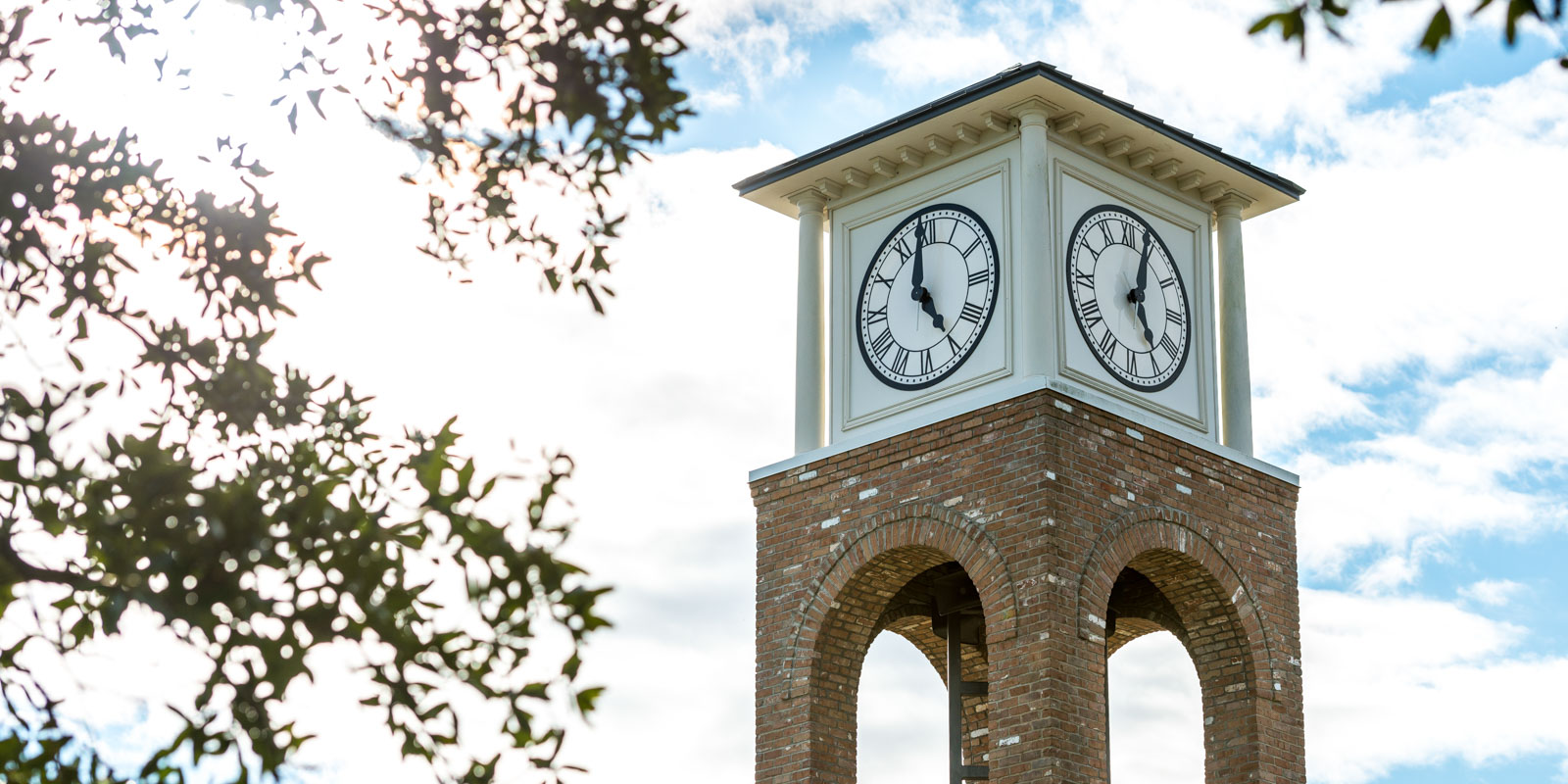On September 5, 1911, the Harrison County School Board established the Harrison County Agricultural High School, an action that marked the beginning of the present Mississippi Gulf Coast Community College. As an inducement to locate the school at the little town of Perkinston, a number of prominent citizens donated 566 acres of land and $626. Their efforts were successful and, with one building, Huff Hall, the institution began operation on September 17, 1912.
On June 5, 1916, Stone County was formed from the northern part of Harrison County, and the school continued under the dual support of both counties.
The beginnings of Perk
Realizing that a new educational concept, the junior college, was ideally suited to the needs of Mississippi, the legislature in 1924 enabled the counties to cooperate with the state in offering education beyond the high school level to all who could profit from it and in their home community.
One of the first junior colleges to be organized was founded in conjunction with the Harrison-Stone Agricultural High School. Jackson County added its support to the coming institution in the summer of 1925 and the new institution opened on September 14, 1925, as the Harrison-Stone-Jackson Agricultural High School and Junior College offering the first year of Junior College work. Sophomore classes were added in the 1926-27 session and the first class of one student finished on May 20, 1927. On July 15, 1942, George County added its support to the institution, which then took the official name of Perkinston Junior College.
The Mission
The institution served the needs of its community endeavoring to fulfill its purpose: “To develop the cultural, intellectual, and character resources of the people of this area, point the way to an economic livelihood based on natural resources, and promote responsible citizenship.”
“To develop the cultural, intellectual, and character resources of the people of this area, point the way to an economic livelihood based on natural resources, and promote responsible citizenship.”
In May 1962, 50 years after its organization, the Agricultural High School division was discontinued, and local high schools provided for the youth of the community. On May 10, 1962, The Governor of the State of Mississippi signed into law House Bill 597 which created the Mississippi Gulf Coast Junior College District. This bill wiped out county lines as far as the college was concerned. The District became a single unit in which each taxpayer shared equally to support junior college education for the area.
The District was founded in order to bring higher education to the people so that they could train and/or retrain to meet the needs of business and industry; to enable young people to live at home, hold jobs, and go to school, to bring cultural as well as academic enrichment to people of all ages.
Expanding Impact
In September 1965, Mississippi Gulf Coast Junior College became a tri-campus institution when two new campuses were opened on the Gulf Coast – Jefferson Davis Campus in Handsboro and Jackson County Campus in Gautier. In 1965, the Seabee Base Manpower Training Center (founded the previous year) became a branch of the new Jefferson Davis Campus. After its removal to the Industrial Seaway in 1968 this branch took the name Harrison County Occupational Training Center. In 1972, George County Occupational Training Center (renamed George County Center in 2001) opened in Lucedale as a branch of Perkinston Campus. In 1973, Keesler Center opened at Keesler Air Force Base as a branch of Jefferson Davis Campus. In 1985, West Harrison County Occupational Training Center (renamed West Harrison County Center in 2001) opened in Long Beach as a branch of Jefferson Davis Campus.
Comprehensive Change
To clearly reflect the comprehensive nature of the college, the name was changed on October 1, 1987, to Mississippi Gulf Coast Community College.
In spring 1991, the College relocated the Harrison County Occupational Training Center to Intraplex 10 with the opening of the Mississippi Gulf Coast Applied Technology and Development Center. In spring 2007, the center’s name was changed to the Mississippi Gulf Coast Advanced Manufacturing and Technology Center. Established as a partnership among Mississippi Gulf Coast Community College, Mississippi Power Company, and Harrison County Development Commission, the center was founded to serve as a training facility in support of economic development activities on the Mississippi Gulf Coast. In 1996, a campus “without walls” concept was introduced resulting in a fourth campus called Community Campus.
In August 2000, the Naval Construction Battalion Center at the Seabee Base in Gulfport was established as part of Mississippi Gulf Coast Community College. Classes began in January 2001, providing even more services to meet the diverse needs of Gulf Coast residents, both military and civilian. The Gulf Coast office at the base is in Building 304, Suite 402, Office #5 which is located at 3190 John Paul Jones Avenue in Gulfport.
Two other centers have been added to the college since that time. The Haley Reeves Barbour Maritime Training Academy in Pascagoula opened in 2013 and the Nursing and Simulation Center at the Bryant Center at Tradition, located in Biloxi, in 2018. Those two centers bring the college total to 10 campuses and centers throughout its four-county district.
For-profit facilities are also located at the three main campuses, including the Estuarine Education Center at the Jackson County Campus (2007), the Hospitality Resort Management Center at the Harrison County Campus (2012) and the King Center at the Perkinston Campus (2016).
In late 2018 and early 2019, groundbreaking ceremonies were held for expansions on each of the three main campuses, with construction completed in 2020. The new facilities include a 54,000-square-foot Immersive Media Performing Arts Center (iMPAC) at the Harrison County Campus; a 57,331-square-foot residence hall and 24,717-square-foot Student Union on the Perkinston Campus; and the renovation and additions of a 91,150-square-foot Science, Technology, Engineering and Mathematics (STEM) Building at the Jackson County Campus.

